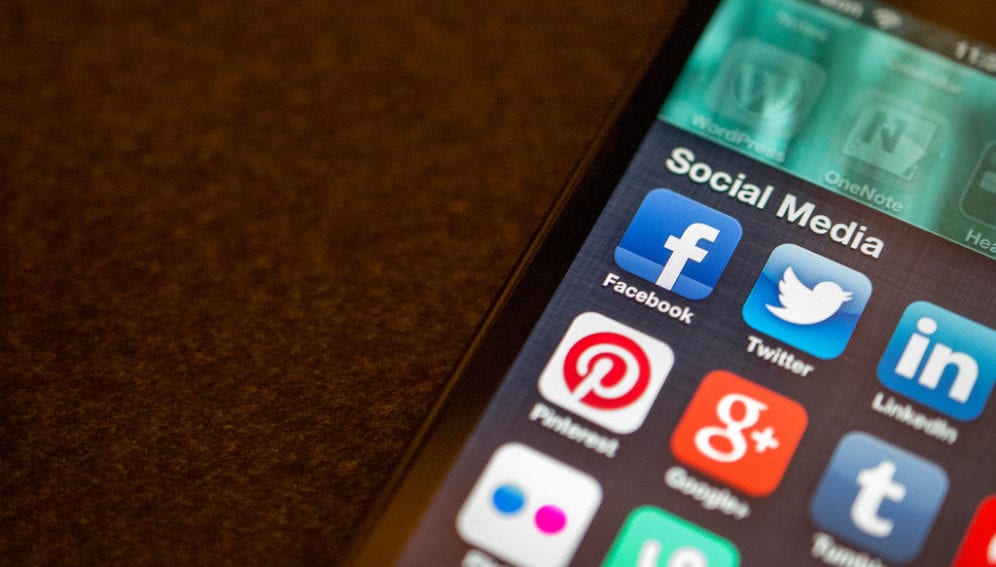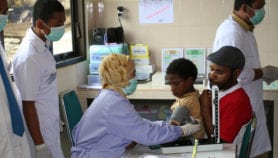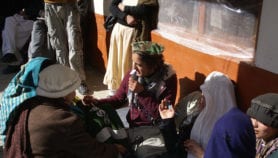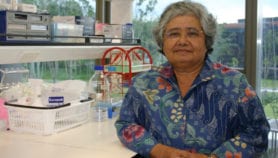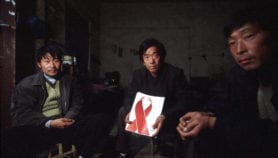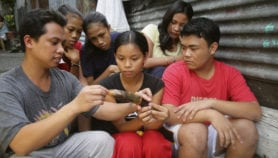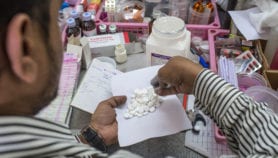By: Paul Icamina
Send to a friend
The details you provide on this page will not be used to send unsolicited email, and will not be sold to a 3rd party. See privacy policy.
[MANILA] The Internet is "a major reason" for the increase in HIV cases in the Philippines, according to one of the country's top health officials.
The previous four years (2008-2012) have seen a particularly rapid rise in new cases, with an increase of more than 500 per cent — and the trend looks set to continue. In August, the Philippine National AIDS Council announced that one Filipino is infected with HIV every one-and-a-half hours.
According to the Department of Health (DOH), there were 382 new HIV cases in August — 40 per cent higher than during the same period in 2012. And in the first seven months of this year alone, more than 3,000 new cases have been recorded, almost equalling the 3,338 new cases reported over the whole of 2012.
"We're not [solely] blaming social media," Enrique Tayag, head of the DOH's National Epidemiology Center, tells SciDev.Net. "But the Internet is a major reason for the increase."
While people previously congregated in specific locations to find sex partners, Tayag explains, the Internet has made it easier to find multiple partners, thus increasing the likelihood of unsafe sex.
Tayag says that another key reason for the high rate of infection is due to unprotected sex among homosexual men aged 21-34. For example, 96 per cent of the new cases recorded in August occurred among this demographic.
"It would need epidemiological research to determine whether social media are spiking the AIDS trend in the Philippines," says Jose Narciso Melchor Sescon, president of the AIDS Society of the Philippines.
The overall increase in new cases in the Philippines goes against the global trend, which has seen the rate of HIV infection dramatically reduced since 2005 due to increasing access to treatment and education.
"One of the barriers to effective messages on HIV prevention in the country is the overall intolerance of discussing sex and sexuality, topics which are important to HIV prevention," explains Gerard Belimac, programme manager of the DOH's National AIDS/Sexually Transmitted Infections Prevention and Control Program. "Many newly diagnosed individuals will not avail themselves of treatment immediately and usually seek treatment when symptoms are severe already."
Belimac says it is important to educate the public — especially young people (with 60 per cent of new cases occurring among the 20-to-29 age bracket) — on sexuality, what HIV and AIDS are, and how infection can be avoided. "Based on DOH surveys, many people do not know [about] these," he says.
Despite the rapid increase in HIV cases, the Philippines continues to provide a piecemeal budget for HIV treatment and prevention, allocating just US$2.7 million from the national budget. Citing figures from the Philippine National AIDS Council, Belimac says the country needs US$24 million each year and costs are expected to rise as more people will need treatment in the years to come.
This article has been produced by SciDev.Net's South-East Asia & Pacific desk.


